Basil is one of the most popular and beloved herbs in the world. From Italian pastas to Thai curries and refreshing summer drinks, its aromatic, slightly sweet leaves elevate countless dishes. Luckily for gardeners and culinary enthusiasts alike, basil is also one of the easiest herbs to grow at home — whether in an outdoor garden, balcony, windowsill, or indoor container.
One common question for both new and seasoned gardeners is:
“How many basil seeds should you sow per pot for the best results?”
The number of seeds you plant per pot directly affects your basil’s growth, health, and harvest quality. Too many seeds can lead to overcrowding, competition for resources, and weaker plants, while too few may result in underwhelming yields. This article offers a comprehensive guide on basil seed sowing techniques, spacing recommendations, factors that influence seed quantity, and best practices for cultivating lush, productive basil plants in pots.
Why Grow Basil in Pots?
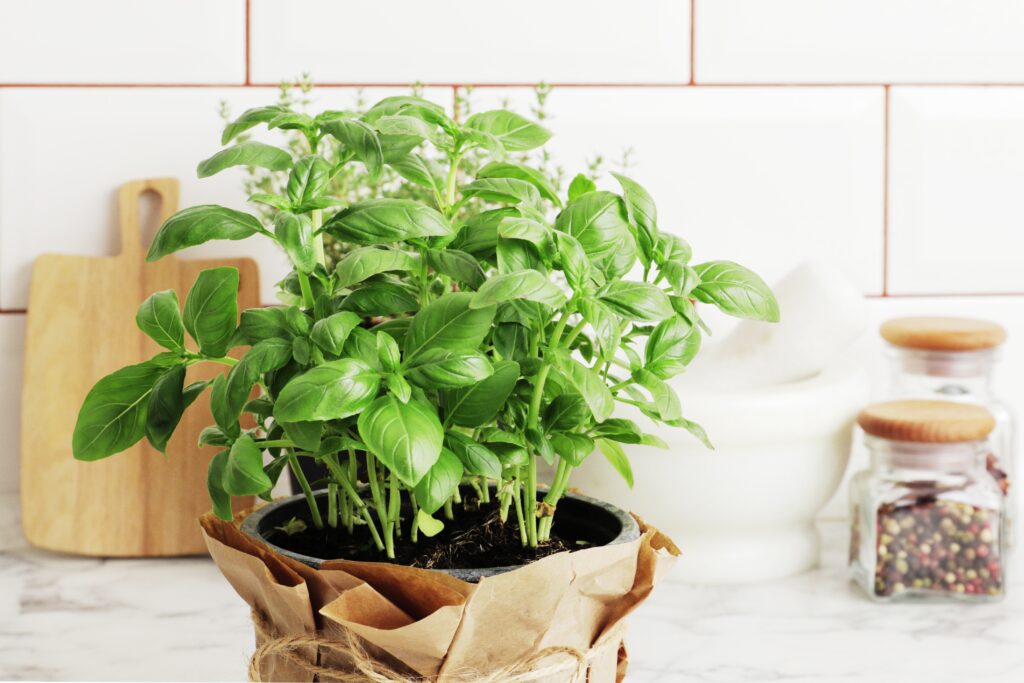
Before diving into seed quantities, it’s helpful to understand why growing basil in pots is a favored option:
- Portability: Move pots indoors during cold weather or to sunnier spots as needed.
- Control over soil and moisture: Easier to manage than open garden beds.
- Prevents invasive spread: Basil can quickly overtake small garden beds.
- Ideal for balconies, patios, kitchens, and windowsills.
With the right pot size, soil mix, and seeding density, growing basil in containers ensures fresh, aromatic leaves year-round.
How Many Basil Seeds per Pot?

The number of seeds to sow per pot depends on several factors:
- Pot size
- Type of basil variety
- Purpose (dense harvest vs. individual plants)
- Growing conditions
General Recommendation:
For an average 6- to 8-inch diameter pot, sow 4–6 seeds evenly spaced. Once the seedlings sprout and develop their first true leaves, thin them down to 2–3 of the strongest plants to allow ample space for root and leaf development.
Pot Size vs. Number of Seeds
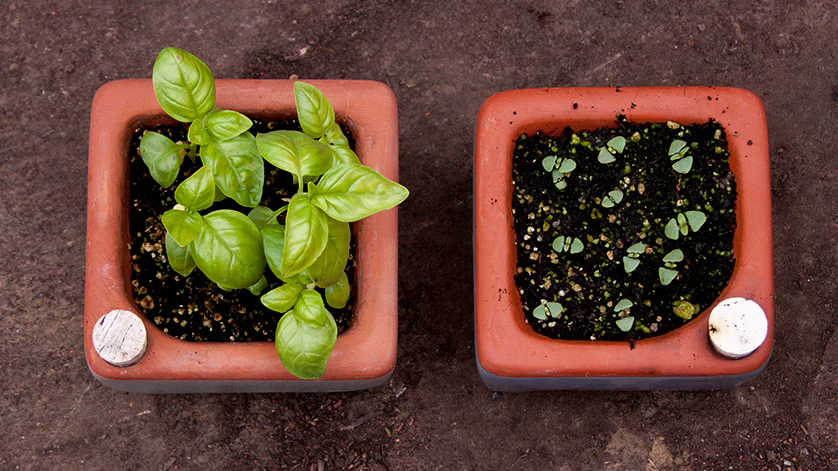
| Pot Size | Seeds to Sow | Final Plants to Keep |
|---|---|---|
| 4-inch (small pot) | 2–4 seeds | 1–2 plants |
| 6-inch (medium pot) | 4–6 seeds | 2–3 plants |
| 8-inch (large pot) | 6–8 seeds | 3–4 plants |
| Window box/long planter | 1 seed per inch | Thin to 6 inches apart |
Note: Always sow a few extra seeds as germination rates can vary, then thin out weaker seedlings later.
Factors That Influence How Many Seeds to Sow
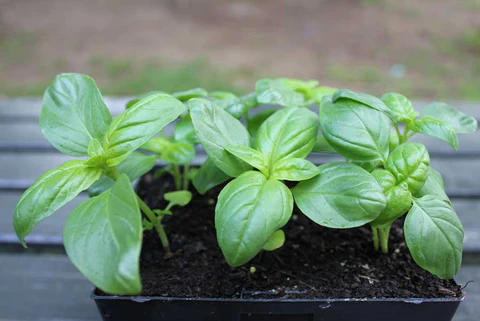
Several considerations can affect how densely you sow basil seeds:
1. Germination Rate
Even under ideal conditions, not every seed will germinate.
Average basil germination rate: 75%–85%
Sowing a few extra ensures you get enough healthy seedlings, which you can thin out as they mature.
2. Purpose of the Planting
- For leaf harvesting (cut-and-come-again method): Sow more seeds close together for a dense cluster of tender leaves.
- For transplanting individual plants: Sow fewer seeds and space them out to develop strong, independent plants.
3. Basil Variety
Some basil types, like Sweet Basil or Genovese Basil, grow larger, while others like Greek Basil or Spicy Globe remain compact. Adjust seeding density accordingly:
- Larger varieties need more space.
- Dwarf types tolerate denser planting.
4. Growing Conditions
Limited sunlight or airflow can lead to fungal issues in crowded pots. Sow fewer seeds if:
- You’re growing indoors in low-light conditions.
- Humidity is consistently high.
How to Sow Basil Seeds in a Pot
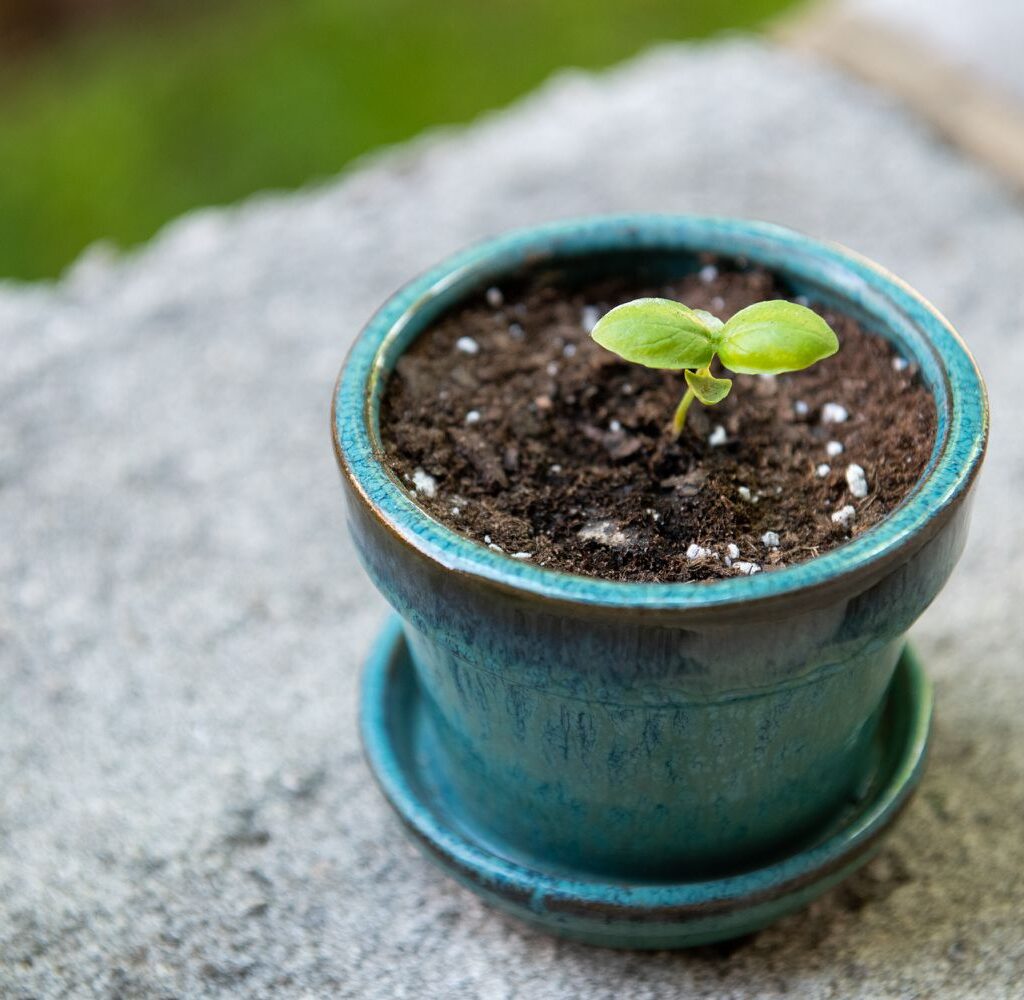
Follow these steps for successful basil seed sowing:
Materials Needed:
- Basil seeds (fresh and high-quality)
- Pot with drainage holes
- Light, well-draining potting mix
- Water spray bottle
- Transparent plastic cover (optional for humidity)
Sowing Steps:
- Fill the pot with moist potting mix, leaving about ½ inch space at the top.
- Sprinkle 4–6 seeds evenly across the surface.
- Lightly cover seeds with a thin layer of soil (about 1/8 inch).
- Mist gently with water to settle the soil.
- Cover with a plastic wrap or humidity dome (optional) to retain moisture.
- Place the pot in a warm, bright location (70–75°F / 21–24°C).
Germination and Thinning
- Germination time: 5–10 days
- When seedlings are 2 inches tall and have 2–3 sets of leaves, thin them out by snipping weaker seedlings at the soil line with scissors.
- Keep the strongest 2–3 plants in a 6-inch pot for healthy growth.
Watering and Care
- Keep the soil consistently moist but not waterlogged.
- Water from the base or use a gentle spray.
- Provide 6–8 hours of indirect sunlight or use a grow light.
- Fertilize with a balanced, diluted liquid fertilizer every 4–6 weeks.
Harvesting Basil
Begin harvesting basil when the plant is 6–8 inches tall.
Pinch or snip leaves from the top to encourage bushier growth. Regular harvesting prevents flowering and maintains leaf flavor.
Common Mistakes and Tips
| Mistake | Consequence | Solution |
|---|---|---|
| Overcrowding seeds | Poor air circulation, fungal diseases | Thin seedlings early |
| Planting too deep | Delayed or poor germination | Cover seeds lightly with 1/8 inch soil |
| Insufficient light | Leggy, weak seedlings | Provide 6–8 hours of sunlight or artificial light |
| Overwatering | Root rot, damping off disease | Water moderately, allow drainage |
Quick Seed Sowing Summary
| Pot Size | Seeds to Sow | Keep | Spacing (final) |
|---|---|---|---|
| 4-inch (small) | 2–4 seeds | 1–2 plants | 3–4 inches apart |
| 6-inch (medium) | 4–6 seeds | 2–3 plants | 4–5 inches apart |
| 8-inch (large) | 6–8 seeds | 3–4 plants | 5–6 inches apart |
| Window box/planter | 1 seed per inch | 1 plant per 6 inches |
Conclusion
So, how many basil seeds should you sow per pot?
The ideal number ranges from 2–8 seeds per pot, depending on pot size, basil variety, and your growing goals. Start with a few extra seeds to ensure good germination, then thin out to the healthiest seedlings once they sprout.
By following proper sowing, spacing, and care practices, you’ll enjoy lush, fragrant basil plants ready to elevate your dishes with their fresh, flavorful leaves. Whether you’re cultivating a modest windowsill garden or an abundant container herb garden on your patio, understanding basil’s space and seeding needs is the key to success.
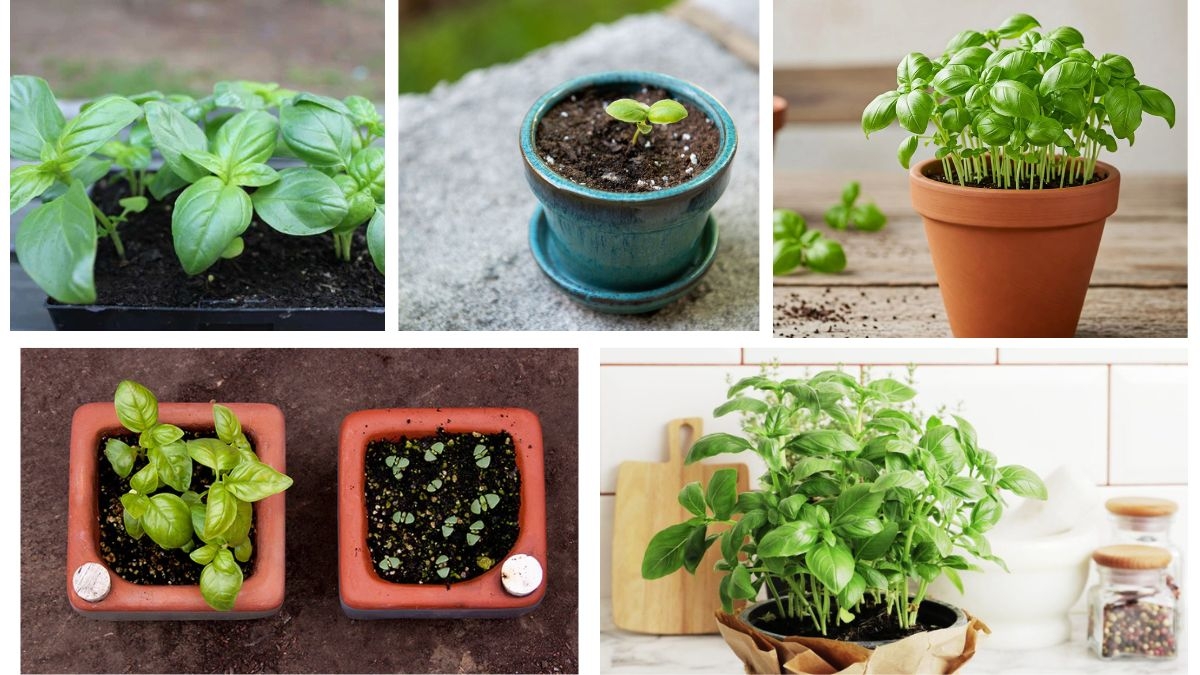


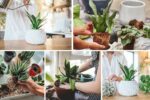


Leave A Comment